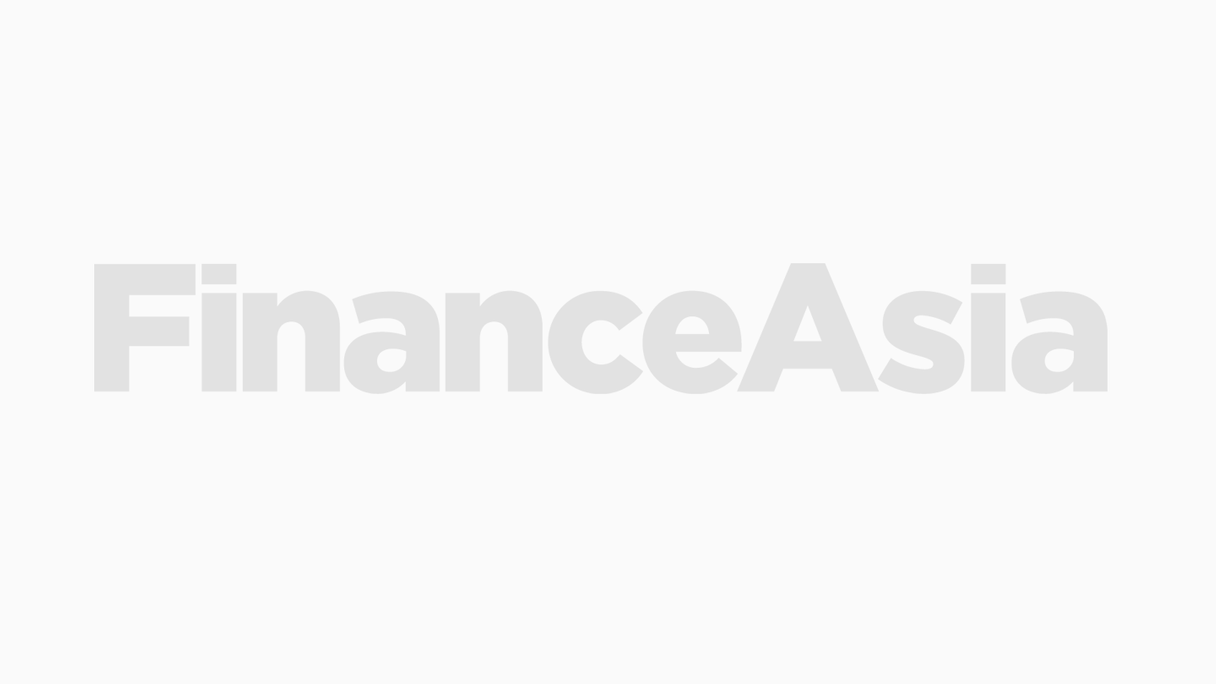The global corporate speculative-grade bond default rate rose to 1.79% at the end of August, marginally higher than the eight-year low of 1.58% recorded in March 2005. The global speculative-grade default rate has remained below the long-term (1981-2004) average of 4.95% for 21 consecutive months, but is still higher than the record low of 1.28% posted in the second quarter of 1997.



